In addition 10 to 15 of older adults have clinically significant depressive symptoms even in the absence of major depression. In Depression in Older Adults November 2012 author Cynthia G.
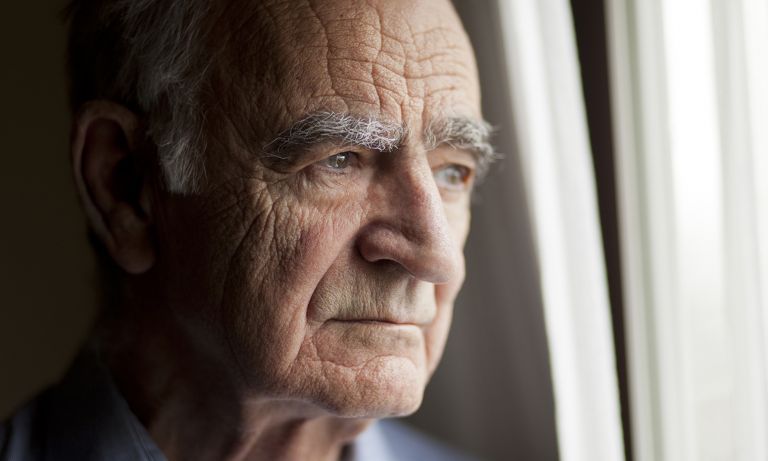 Depression In Older Adults Helpguide Org
Depression In Older Adults Helpguide Org
Try to make sure he or she has a way of getting to doctor visits.

Elderly and depression. Cahoon points out that depression is estimated to be present in 6 to 44 of adults who live in long-term care facilities. According to the Centers for Disease Control and Prevention CDC depression affects about 1-5 of the general elderly population 135 in elderly who require home healthcare and 115 in older hospital patients. Depression can also have potentially harmful effects on an older adults health in other ways.
Approximately 68 of adults aged 65 and over know little or almost nothing about depression. The depression in elderly people presently affects nearly 7 million Americans aged 65 and older every year. Depression in older adults is a common psychiatric disorder affecting their health-related quality of life.
Older adults are at increased risk. Offer support understanding patience and encouragement. For example older adults may suffer from restricted blood flow a condition called ischemia.
On average older adults receive 16 to 20 weekly sessions of IPT. Depression in elderly is a widespread problem though contradictorily its one of the most overlooked. If considering this treatment for older adults with depression the panel recommends augmenting with a second-generation antidepressant.
Depression is more common in people who also have other illnesses such as heart disease or cancer or whose function becomes limited. And this figure is going to rise higher as the population ages. If suffering from depression older adults are more likely than any other group to handle it themselves.
Depression can lead to eating habits that result in obesity or conversely can cause a significant loss of appetite and diminished energy levels sometimes resulting in a condition known as geriatric anorexia. This type of depression doesnt always meet the full criteria for major depression. We must better recognize the risk factors of depression if we are to improve care for those in need.
However it can lead to. Depression in older adults is associated with a slower rate of recovery 9 worse clinical outcomes compared to younger adults 3 and is associated with higher relapse rates 68. Help keep track of his or her appointments and weekly pillbox if possible because many older adults with depression may not be thinking clearly.
Worse prognosis in older adults correlates with advancing age physical comorbidities and functional impairment 70. Several ways you can help an older adult with depression is to. We know that about 80 of older adults have at least one chronic health condition and 50 have two or more.
IPT is recommended for the treatment of depression in older adults. Older adults are often misdiagnosed and undertreated. Late-life depression LLD is defined as a depressive disorder occurring in a patient older than 60 years although the onset and definition of cutoff may vary1 The impact of clinical depression in older adults can be significant and choosing effective psychotherapeutic and pharmacological management options can be challenging.
Depression in the Elderly. Because older adults are at risk for depression are underserved by the mental health profession and have the highest rates of suicide in the country. Major depression occurs in 2 of adults aged 55 years or older and its prevalence rises with increasing age.
How IPT can help treat depression in older adults. Only 38 of adults aged 65 and over believe that depression is a health problem. 1 Older adults are at risk of misdiagnosis and lack of treatment because some of their symptoms can mimic normal age-related issues.
7 Ways to Help. Older adults are more likely to suffer from subsyndromal depression. For older adults who experience depression for the first time later in life the depression may be related to changes that occur in the brain and body as a person ages.
Depression is the most common mental health problem in the elderly and is associated with a significant burden of illness that affects patients their families and communities and takes an economic toll as wellPrevalence studies suggest that 14 to 20 of the elderly living in the community experience depressive symptoms with higher rates among the elderly in hospital 12 to 45 and.
 A New Push To Teach Future Doctors About Late Life Depression
A New Push To Teach Future Doctors About Late Life Depression
 Prevalence Of Major Depression In The Elderly 12 Download Scientific Diagram
Prevalence Of Major Depression In The Elderly 12 Download Scientific Diagram
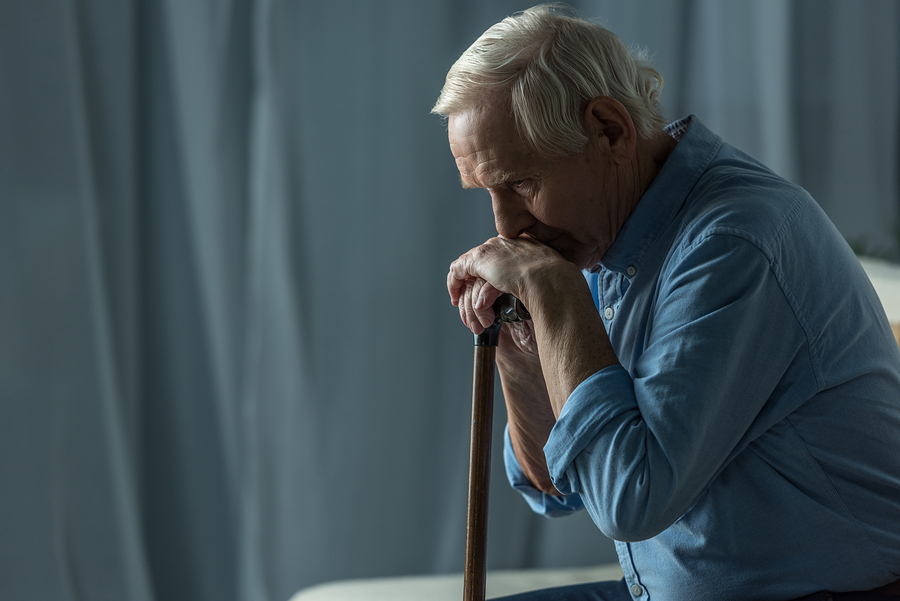 Depression In Older Adults Home Help For Seniors Senior Home Care Helping Seniors Live Well At Home Home Care Powered By Auaf
Depression In Older Adults Home Help For Seniors Senior Home Care Helping Seniors Live Well At Home Home Care Powered By Auaf
 Depression In The Elderly This Is What You Need To Know
Depression In The Elderly This Is What You Need To Know
 The Symptoms And Causes Of Elderly Depression
The Symptoms And Causes Of Elderly Depression
 Coping With Elderly Depression David York Agency
Coping With Elderly Depression David York Agency
 Aging And Depression In The Elderly In Nyc Alvita Care
Aging And Depression In The Elderly In Nyc Alvita Care
 Depression In The Elderly Bridges To Recovery
Depression In The Elderly Bridges To Recovery
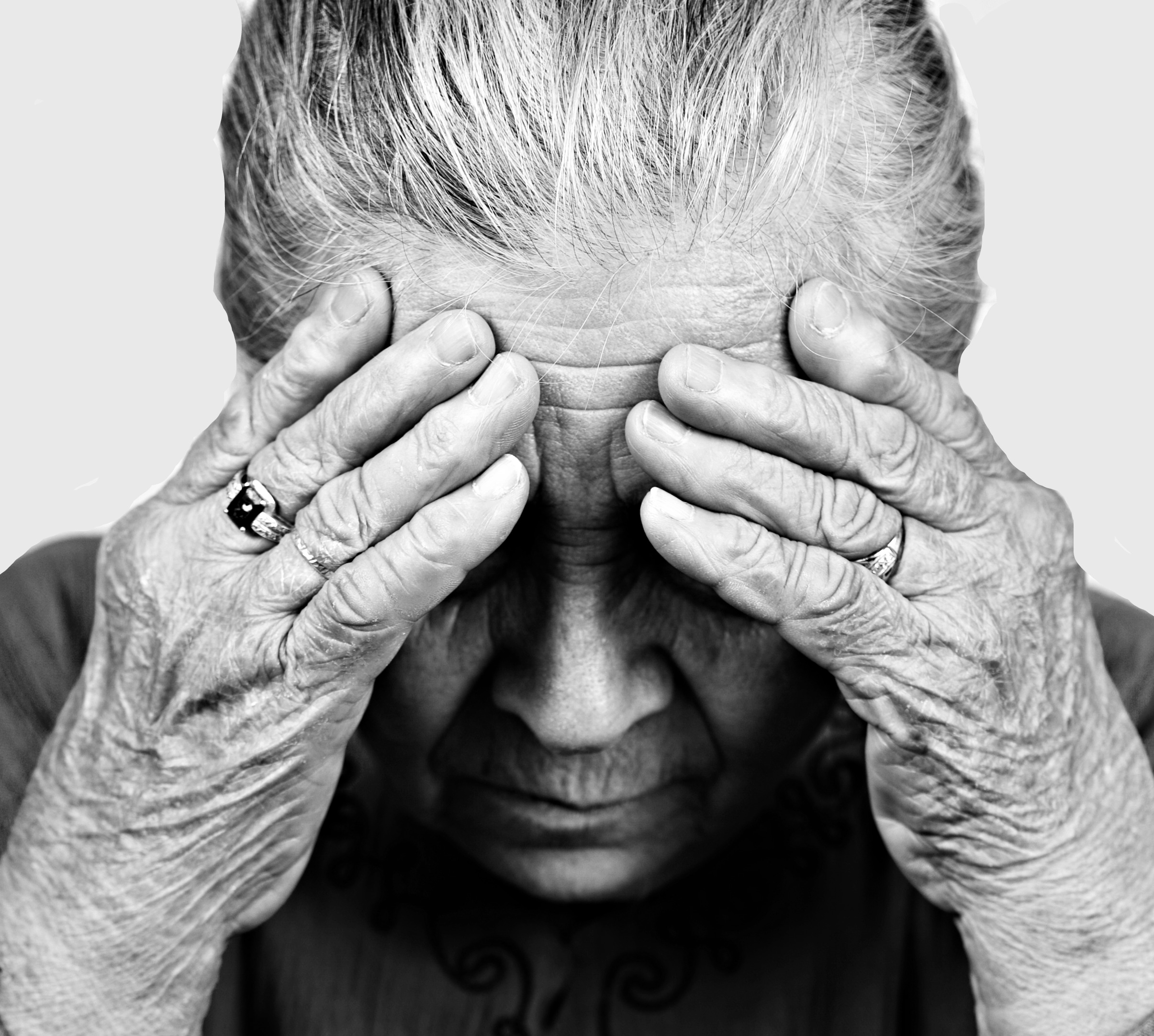 Depression In Later Life Psychology Today
Depression In Later Life Psychology Today
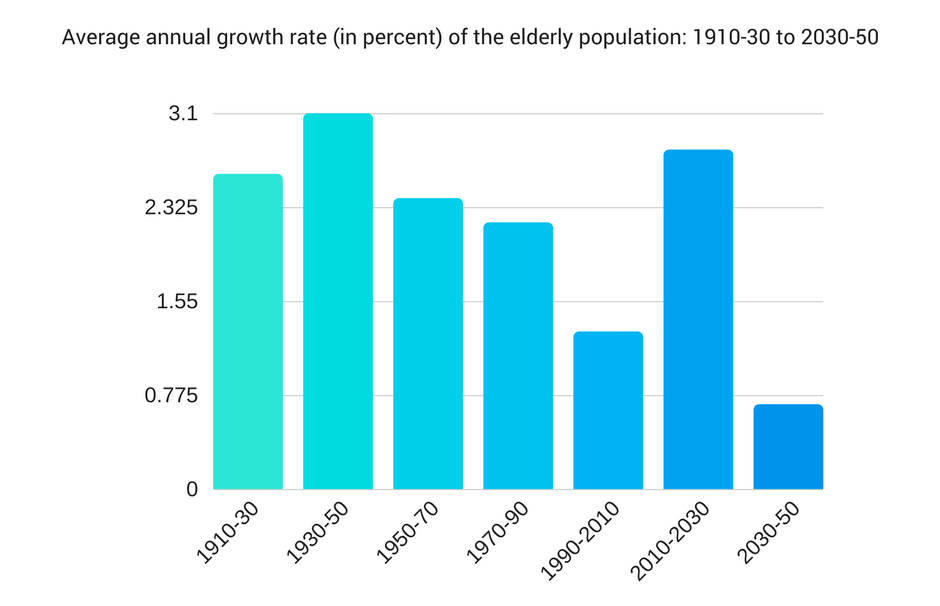 Depression In Elderly Americans Scientific Animations
Depression In Elderly Americans Scientific Animations
Signs Of Depression In The Elderly
 5 Ways To Stave Off Depression In Seniors
5 Ways To Stave Off Depression In Seniors
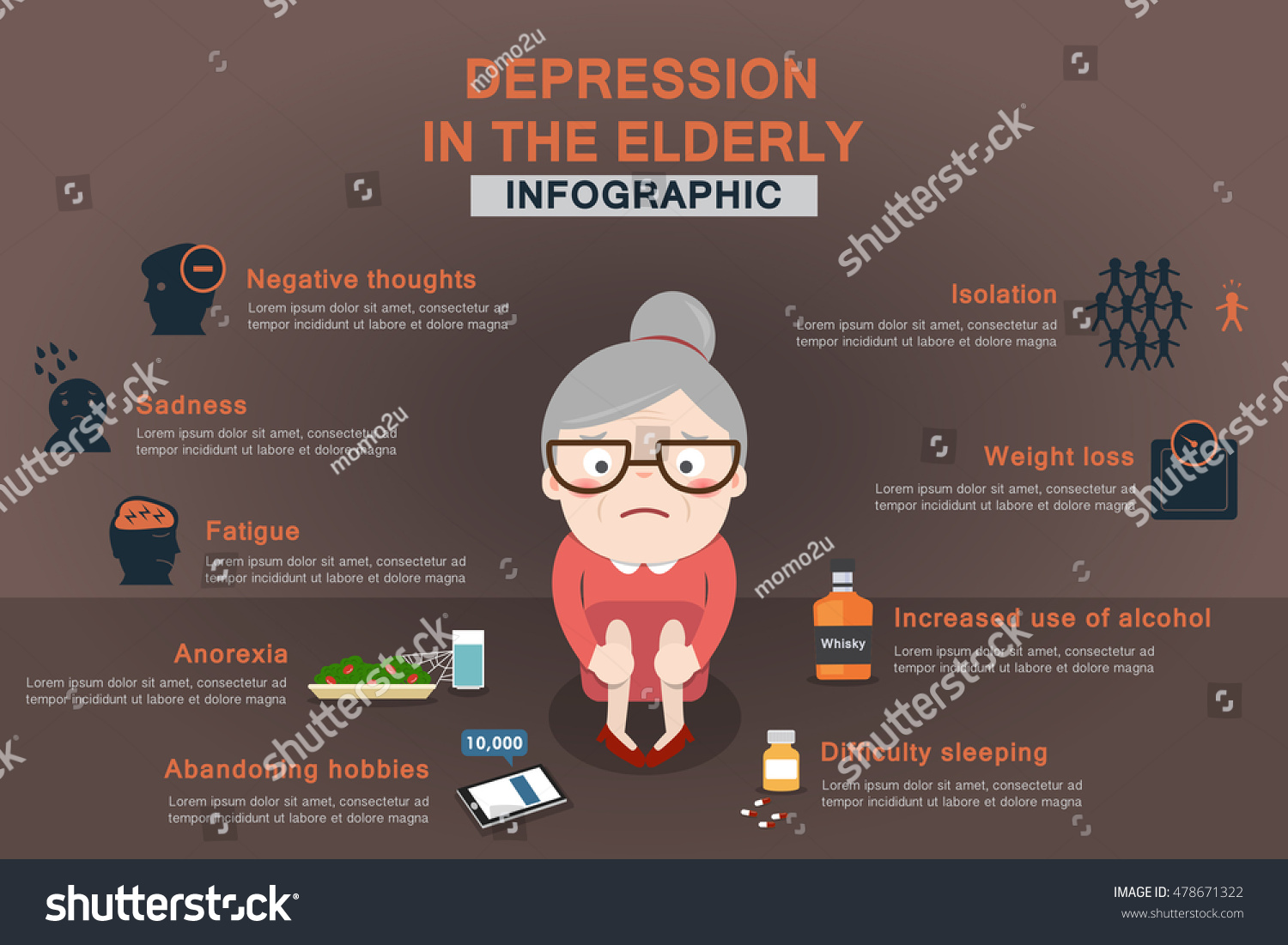 Healthcare Infographic About Depression Elderly Recognize Stock Vector Royalty Free 478671322
Healthcare Infographic About Depression Elderly Recognize Stock Vector Royalty Free 478671322
 How To Spot The Signs And Detect Depression In Elderly People
How To Spot The Signs And Detect Depression In Elderly People

No comments:
Post a Comment
Note: Only a member of this blog may post a comment.